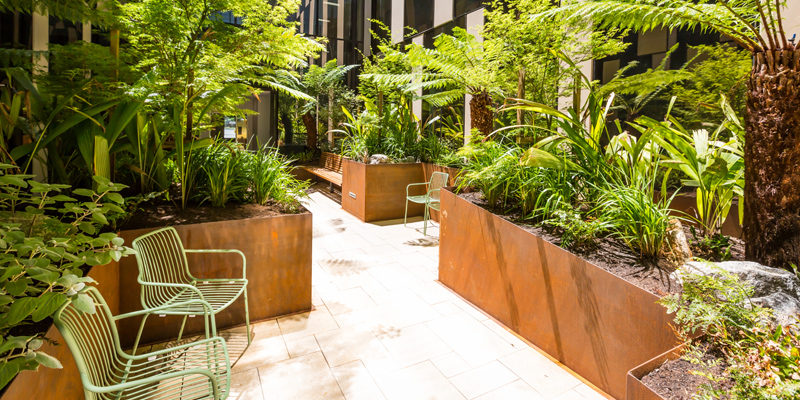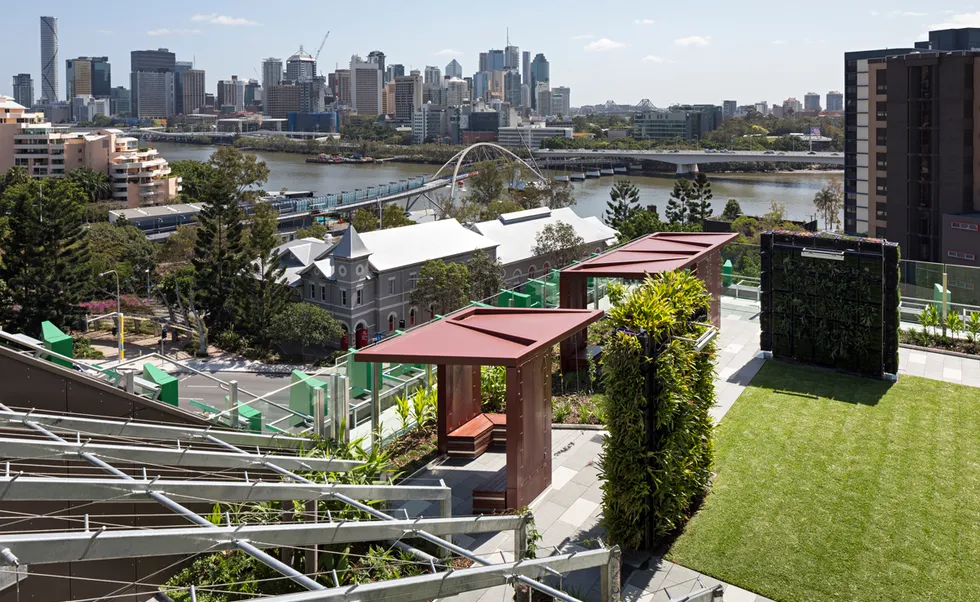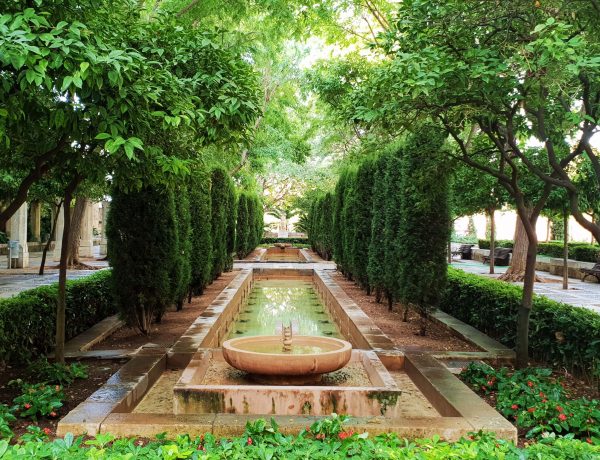When you say the word hospital, most people bring to mind fluorescent lighting accompanied by off white walls and the eerie sound of instruments beeping. This thought alone is enough to make most feel depressed. There is no doubt that nature has been left out of this sterile environment and there is no doubt that the healing power of nature is starting to be released, But can bringing nature into hospitals help heal people faster?
A study was conducted between 1972 and 1981 on the recovery time on patients who had undergone cholecystectomy (a common type of gall bladder surgery) in a suburban Pennsylvania hospital. The experiment set to determine whether assigning a room with a window view of a natural setting might have restorative influences. 46 patients undertook the study with half the patients in similar rooms with windows facing a brick building wall.

“In summary, in comparison with the wall-view group, the patients with the tree view had shorter postoperative hospital stays, had fewer negative evaluative comments from nurses, took fewer moderate and strong analgesic doses, and had slightly lower scores for minor postsurgical complications.” (Anon, 1983)
Another study conducted how the effects of indoor plants contribute to enhanced health outcomes of patients recovering from surgery. The study concluded the confirmation of the therapeutic value of plants in a hospital environment stating that patents who had a room with indoor plants had “significantly more positive physiologic responses evidenced by lower systolic blood pressure, and lower ratings of pain, anxiety, and fatigue than patients in the control room. Patients with plants also felt more positively about their rooms and evaluated them with higher satisfaction when compared with patients in similar rooms without plants.” (RH, 2009)
This shows that the simple act of viewing nature through a window can increase recovery time.
This realisation is starting to move into forms of action with more and more designers realising the benefits of nature on the human mind. A great example of this is The Lady Cilento Children’s Hospital, Australias largest children’s hospital.
The roof of the hospital contains a multi-level garden borrowing views from the surrounding urban landscape. Extensive plants and seating areas have been used, giving patients and families a space to escape, in doing so truly creating a healing garden.

Image: Christopher Frederick Jones
What is a healing garden?
Ulrich, R. S. (1999) defined healing gardens as “a variety of garden features that have in common a consistent tendency to foster restoration from stress and have other positive influences on patients, visitors, and staff or caregivers. To qualify as a ‘garden’ the feature should contain prominent amounts of real nature such as green vegetation, flowers, and water.”
Careful thought has to be put to the users of the garden. Certain elements of a garden can exacerbate health symptoms. A healing garden has to cater to the patients who will use it.
A children’s hospital healing garden should consist of trees and greenery, bright colours, the sound of running water and interactive components wear as a healing garden catering to cancer patients should consist of a variety of plants, comfortable seating, provide shade and avoid strong fragrances, This type of garden should stimulate the person without causing overstimulation of the senses. (Paraskevopoulou and Kamperi, 2018)
Healing gardens need to be incorporated in many more spaces other than just hospitals. All too often age care facilities fall into the same design traps as hospitals swapping nature out for more building space.
The importance of nature in our lives needs to be realised and incorporated in hospitals, aged care facilities, clinics and respite centres. A holistic approach to design needs to be considered and landscape designers and architects should be included more in future projects.
References
Anon, (1983). View through a window may influence recovery from surgery. [online] Available at: www.researchgate.net [Accessed 3 Mar. 2020].
RH, P. (2009). Ornamental indoor plants in hospital rooms enhanced health outcomes of patients recovering from surgery. – PubMed – NCBI. [online] Ncbi.nlm.nih.gov. Available at: www.ncbi.nlm.nih.gov [Accessed 3 Mar. 2020].
Ulrich, R. S. (1999). Effects of gardens on health outcomes: Theory and research. In C. C. Marcus, And M. Barnes (Eds.), Healing Gardens: Therapeutic Benefits and Design Recommendations. New York: Whiley.
Paraskevopoulou, p. and Kamperi, E. (2018). Design of hospital healing gardens linked to pre- or post-occupancy research findings. [online] science direct. Available at: www.sciencedirect.com [Accessed 3 Mar. 2020].


No Comments